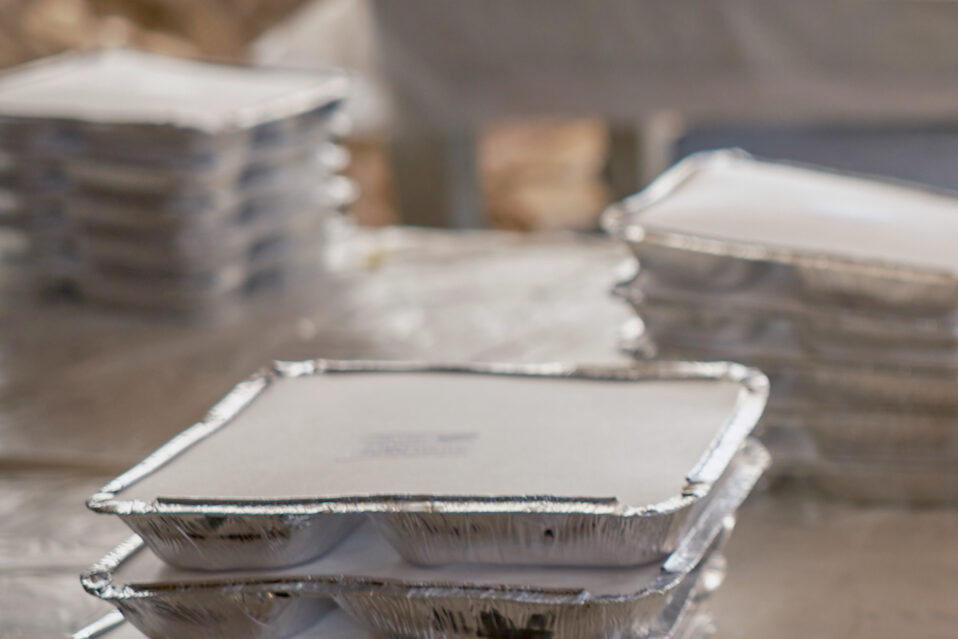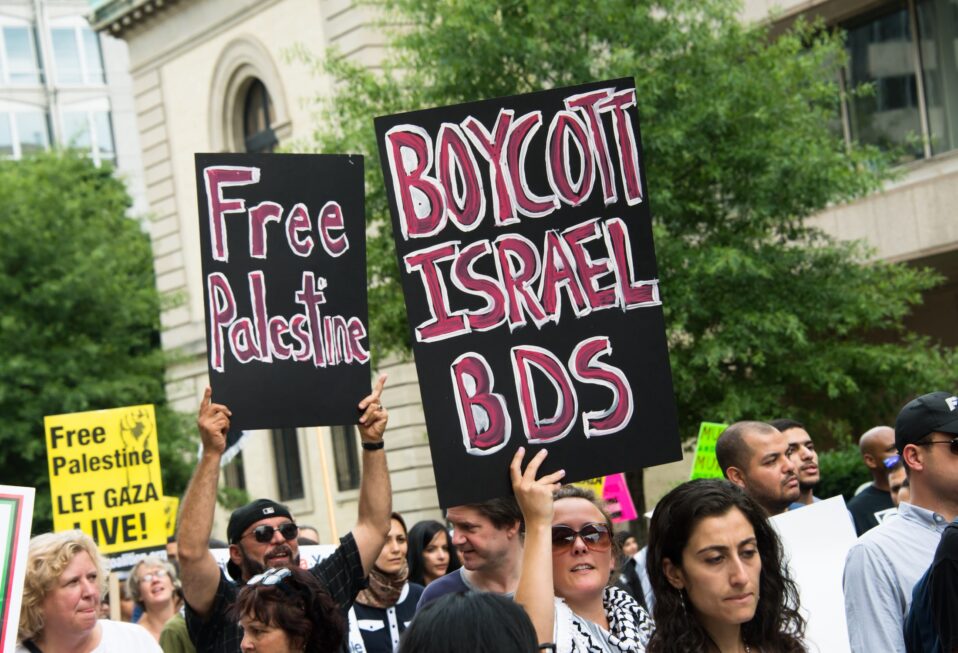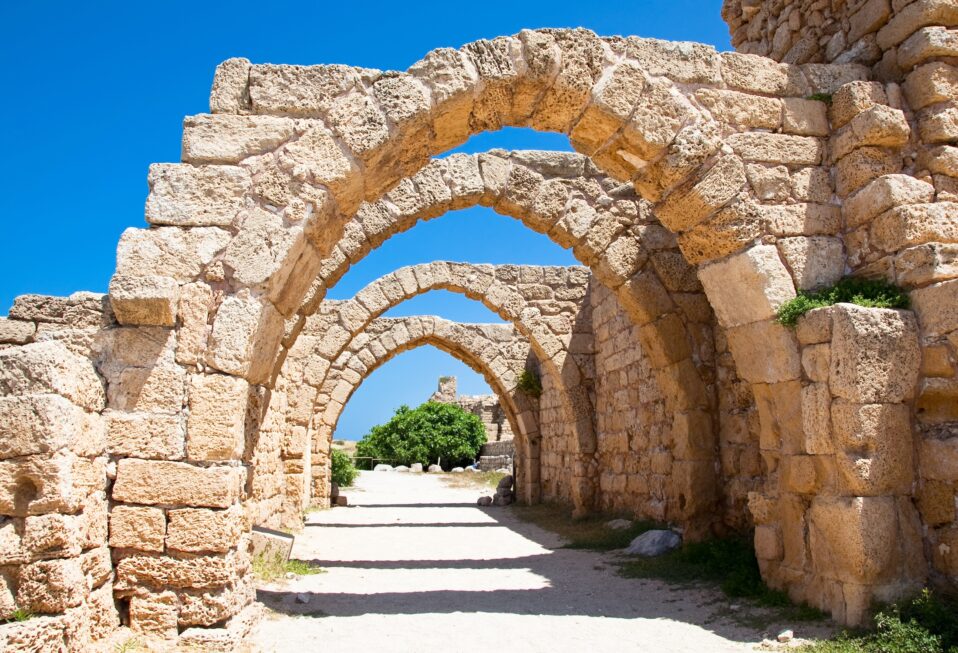By Arlene Bridges Samuels
Often lost in the pages of American history was that 41 pilgrim fathers signed the Mayflower Compact, with their endorsement coming even before our Pilgrim fathers and mothers disembarked from their ship, the Mayflower. The Compact became the first document of the New World’s government. It was signed on November 11, 1620. At the first Thanksgiving, some historians believe the Pilgrims fashioned their celebration after the Jewish fall festival of Sukkot.
Our early founders derived many of their best concepts from a Judeo-Christian perspective. Since May 14, 1948, when the modern Jewish state declared its independence, our alliance has combined into massive blessings for both nations.
As citizens of the United States, we have endless reasons to thank God for our freedoms, family, and friends at our Thanksgiving tables. For Israeli families, weekly Shabbats (a day of rest) are like Thanksgiving each week! Despite their current seven-front war, Israelis have proven the observation of an early 20th-century Zionist, Ahad Haam: “More than the Jews kept Shabbat, Shabbat has kept the Jews.” Rabbi Abraham Heschel described Shabbat as a “palace in time.”
The array of mutual blessings for our two nations is wide-ranging. I have chosen a few, to celebrate our mutual ideals of freedom, economic prosperity, equality, rule of law, and security. With Israel described as the start-up and genius nation, Jews—with a small population, living in their small strip of land—have made profound contributions to our world. First and foremost, it is not surprising when we recall God designating Abraham as the first Jew. He then fashioned the Jewish culture and tasked His chosen vessels in ancient times to reveal the Old and New Testaments in a 66-book Bible that has transformed the world with truth.
In exploring the modern contributions of the start-up, genius nation, I begin with two of my favorites. I witnessed these Israeli inventions at the American Israel Public Affairs Committee (AIPAC) policy conferences during my nine years on AIPAC staff. Thousands of us watched as a paraplegic walked onto the stage in a “ReWalk,” a robotic exoskeleton. Moments of astonishment and an extended applause filled the Washington Convention Center. Available to the public since 2014, ReWalk uses a wrist-mounted remote control to give movement signals from a backpack of batteries, enabling its user to stand, walk, and take stairs—rather than sitting in a wheelchair.
Creating water out of air? We gasped as we watched an amazing demonstration at another policy conference inside the Washington Convention Center. Someone held a glass up to the WaterGen machine and pushed a button. We watched the glass fill, then the product demonstrator drank the high-quality water extracted from the air. Now in 65 countries and backed by a 24/7 tech support team, WaterGen invites you to “Enjoy a Sip of Fresh Air.”
Thank Israel for the Flexible Stent. You or a loved one may have benefited! It has saved millions of lives. Physicians use the tube-shaped device to open arteries up to treat coronary heart disease and blockages. Its use can significantly reduce the need for open-heart surgery.
Technology we rely on to protect mobile phones and computers is a security invention through Israel’s cornerstone firewall, Check Point—the original protection from cyber threats across the digital world. From pioneering firewalls to our AI-powered, cloud-delivered security solutions, they are committed to safeguarding organizations with an industry-leading 99.8% prevention rate.
Israelis invented another important water-related technology in 1967: Netafim’s drip irrigation, using pipes that drip water onto crops, thereby reducing water usage. This boon to crops is now used in 110 countries, including the USA, where it helps farmers “Grow More With Less”!
In TIME magazine’s 2024 best products, 10 of Israel’s products are included. Here are a few: Nuvo’s wearable Invu remote pregnancy monitor performs non-stress tests on babies before birth. OrCam Hear is an upcoming AI-powered hearing amplification tool for those needing focused hearing help. BeeHero, a beehive management system. InnerPlant’s CropVoice, where plants inform farmers about funguses. NanoxAI helps identify undetected chronic conditions by analyzing CT heart scans of the heart, liver, and bones.
Looking at some sectors of our valuable partnership with the Jewish state, Israel invests in our economy, creates American jobs, and promotes our innovation. Their partnership supports more than 255,000 American jobs. Likewise, the U.S. is the largest foreign investor in Israel, a business hub for more than 2,500 U.S. companies. Our free trade agreement with them since 1985 has provided billions of dollars for Israelis and Americans.
Our two nations are pioneering together in future challenges in cybersecurity, healthcare, artificial intelligence, water scarcity, food security, climate change, and renewable energy. When you board a flight or use your computers, be aware that Israeli technology and expertise help protect American airports, cities, cyberspace, and other infrastructure from terrorist threats.
Israel can be described as our “aircraft carrier” in the Middle East. Israel is our eyes and ears in the region. With its military strength, location, and our shared intelligence cooperation, it helps our homeland security and American soldiers. Our annual congressional approval of security investments in Israel directly increases our security and safety here at home. Unlike other U.S. allies, Israel insists on defending itself by itself. They rely on our help only to guarantee Israel’s added ability to defend itself with U.S. funding, most which is spent here in America.
Christian advocacy for Israel in the United States makes a huge difference in influencing congressional appropriations for Israel’s security. Those decisions in turn increase our security. Our partnership also protects our American troops with military technology, helping us to counter missiles, tunnels, and drones. Israel is also a leader in helping soldiers from both nations cope with PTSD—a much-needed service.
At your Thanksgiving table today and in the future, you may place a prayer in the Western Wall (Kotel) for Israel and its people especially during war. AISH.com, which overlooks the Western Wall Plaza, will print your prayers. The AISH staff gathers all the prayers, takes the short walk to the Kotel, and places them in the crevices: [Submit your prayer here].
Our CBN Israel team wishes our readers and supporters a most blessed Thanksgiving 2024! Together let us recite Psalm 107:1, “Give thanks to the Lord, for He is good; His love endures forever.”
Prayer Points:
- Pray for the ongoing emotional traumas suffered by Israelis.
- Pray for upwards of 6,000 wounded IDF soldiers.
- Pray with thanks for senior medical officers stationed with each company.
- Pray for the 101 hostages still captive in Gaza and their heartbroken families.
- Pray with thanks for our longstanding friendship with Israel.















